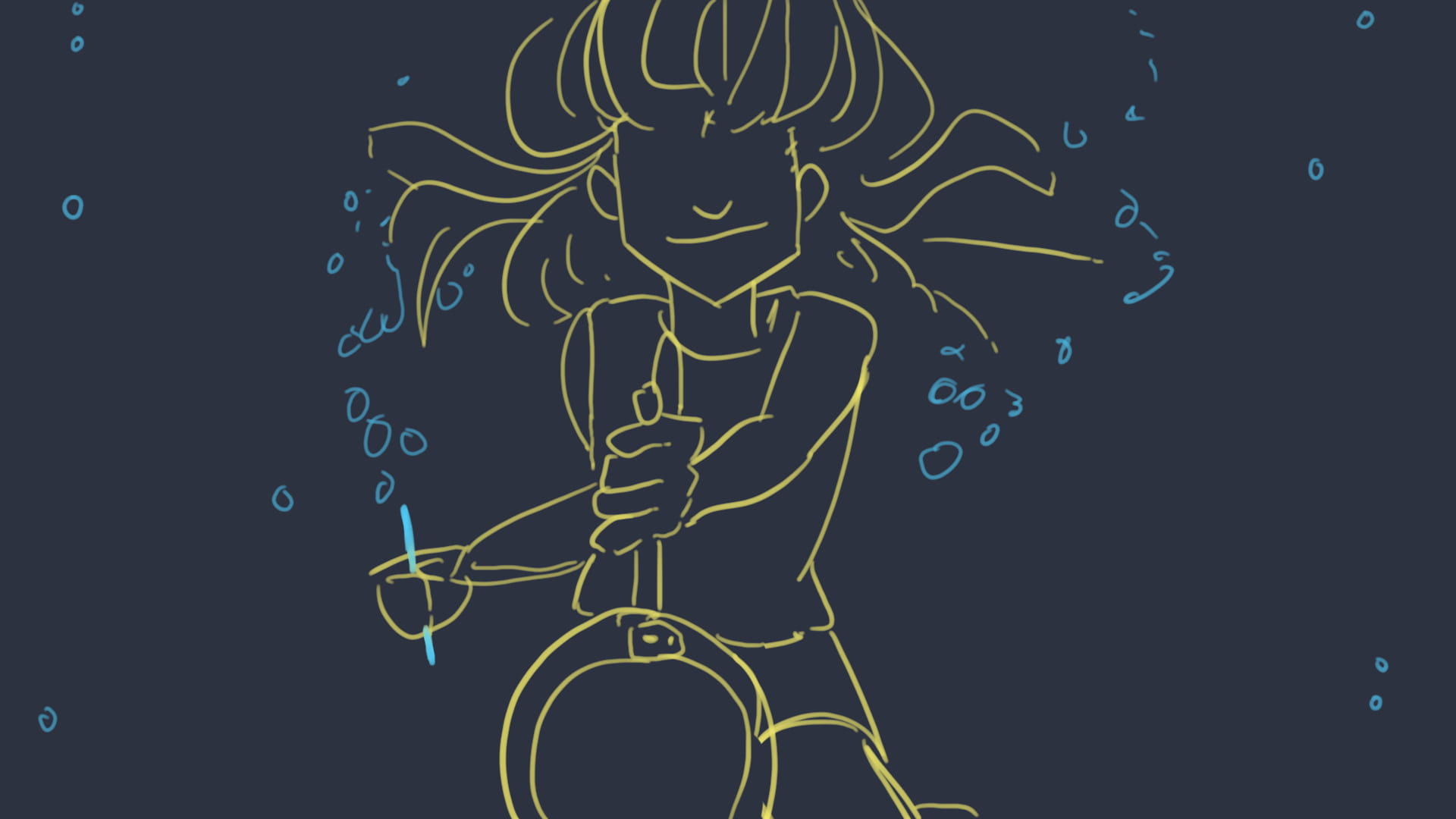Going ‘solo’ to come together
UCI Illuminations contest showcases student creativity during COVID

Students have been social distancing since mid-March, and it hasn’t been easy for them. They have had to adapt to the loneliness being apart from friends and classmates, the uncertainty of a novel virus outbreak, a severe economic recession and a nationwide social uprising – all while balancing school and extracurricular duties. A silver lining, however, has emerged. Artistic expression is flourishing among Anteaters, as they use it to cope with it all.
UCI Illuminations, an arts and culture initiative, has been showcasing these poignant works through its inaugural Solos Contest. Each week since the beginning of the spring quarter, contestants have been encouraged to record a one-minute video of any art created during the pandemic. It can include a poem, a song, an art piece of any kind, a new recipe, a monologue or a dance. The only requirement is that the work must be original, solo and express a current state of mind. Videos were uploaded to Instagram or YouTube, and the reviewers – drama Ph.D. students Talin Abadian and Chee-Hann Wu – accessed them through the hashtag #illuminationschallenge. All skill levels were welcomed, and the winners received $50 gift cards.
The broad category has allowed creators to publish evolving sentiments, with each week capturing a different flavor of the lockdown. In one of week three’s winning pieces, “Split (All I Want to do is Sleep vs. A Perfect Time to be Productive),” Melissa Ongko illustrated and put together a 2D animated video depicting a relatable conflict.
“On one hand, I believe this is a wonderful time to be productive and work on all my hobbies, work out, or try something new, but on the other hand, some days it feels really hard to get out of bed, and I don’t want to do anything, which I feel like everyone is going through as well,” says Ongko, a fourth-year art major. “I took these emotions and thoughts and visualized them into a story I could portray.”
In the silent video, a blue character and a yellow character symbolize two sides of the same person, with one struggling with lethargy and despondency while the other wants to be productive and upbeat. The yellow girl struggles to uplift the blue one, and in the end, she realizes that she can’t ignore what the blue one is feeling. “The yellow one sacrifices a part of themselves to finally rescue the blue one, and at the end, they merge into one person who knows that it’s all going to be okay,” explains Ongko. “It’s fine to feel overwhelmed by the situation at times as long as you don’t let it consume you.”
The videos are about the students’ individual experiences, but the overall Solos Contest bridges all of these reflections to create a sense of community. Other winning videos feature meditative shots of the campus, multiple music performances – from songs inspiring hope to a rap song about COVID-19, the process of drawing an anteater, and a toddler innocently interacting with the world.
“I asked myself: if everyone is ‘solo’ at home, what can we do to make people feel more connected?” says Daphne Lei, creator of the challenge and interim faculty director of Illuminations. “The whole idea is to encourage people who might not make art under normal circumstances to get inspired to use art to express themselves, and to think about the power of art as communication, connection, and community building during a very lonely time.”
Communicating a message is an important facet of the videos. In addition to fostering a sense of connectedness, art can also be used as a powerful tool to inspire social action. For the final week, students were not only encouraged to submit art but also to “Speak Up” against systemic racism. It differs from the Solos videos contest, since more than one person can be involved in the creative process.
The ultimate goal of the contests was to amplify all voices. “Professionalism is not what I was looking for. I wanted it to be original, creative, inspiring, or thought provoking,” says Lei. “We had some very well-made, professional-looking videos, but we also selected some simple, rather raw, but sincere and powerful videos. I want students to feel someone still wants to listen to them. I want them to feel that we still care.”